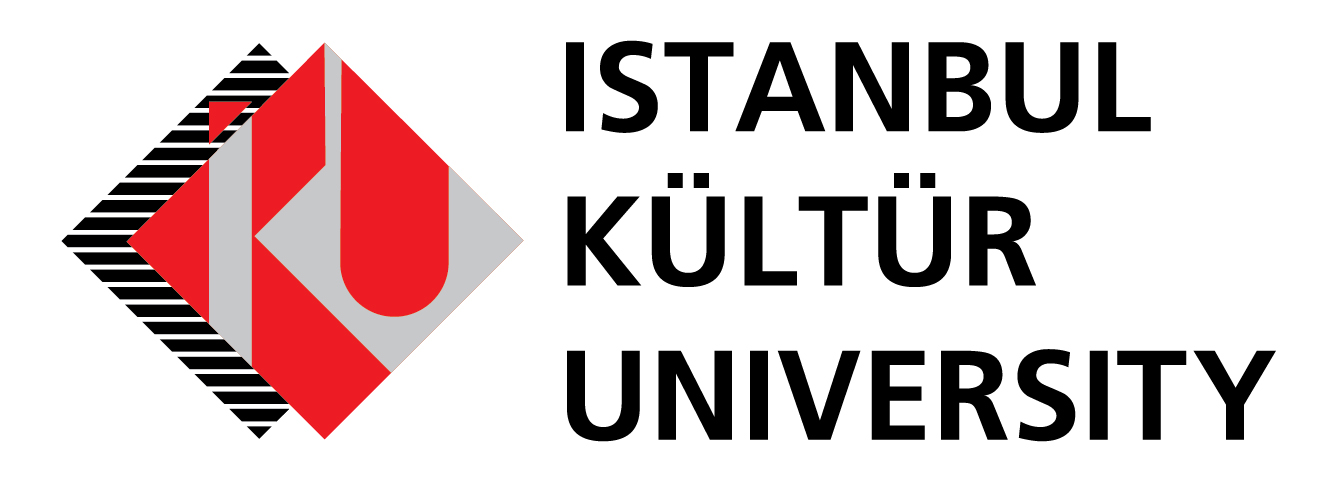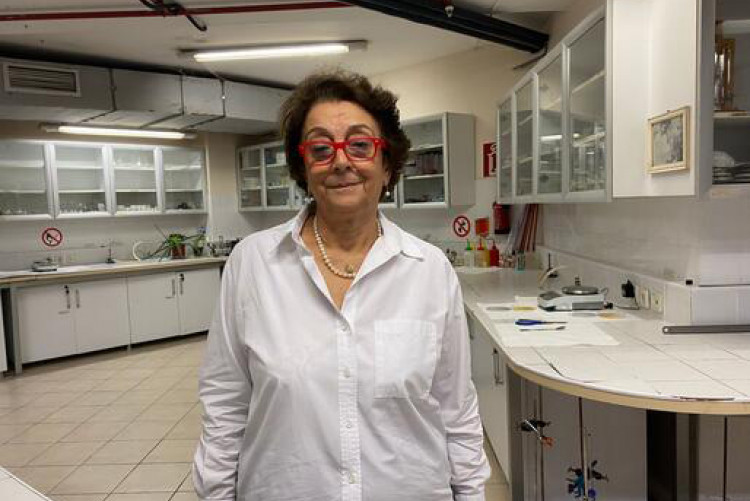The invention of Prof. Dr. Nihal Sarıer, one of the academicians of Istanbul Kültür University (IKU) Department of Civil Engineering, named "A textile product containing phase change material and method of obtaining it" was accepted and registered by the UK Patent Office. It was stated that the nanocomposite products subject to the invention are functional textile products that have the potential to be used in clothing systems that can perform dynamic heat management, sensitive to temperature changes of the environment, tents, blankets, and textile products for protection from cold and hot environments, buildings, automotive, space industry, biomedical applications, temperature sensitive packaging and solar energy panels.
Talking about the importance of phase change in products, Prof. Dr. Sarıer explained the areas of use and patent processes.
"Chemicals or Natural Materials Sensitive to Changes in Outdoor Temperatures"
Stating that we are faced with a phenomenon called heat management, Prof. Dr. Nihal Sarıer said, "As it is known, we want our thermal comfort to be provided both in our daily lives and in our clothes and in the periods we are in buildings when the weather is hot. Similarly, when the weather is cold, we do not want to feel cold, and we want to be in suitable conditions. For example, the clothes we use protect us to a certain extent from temperature changes in the external environment. However, what is mainly done here is protection with static still air and the materials there. We call this static protection. Phase change materials are a group of chemicals that have attracted the attention of researchers around the world since the 1960s. There are more than 500 types of these chemicals. We work with the organic ones. Some of them can be previously produced products. We synthesize some of them ourselves, as in this patent study. The properties of these products are natural materials or chemicals that are sensitive to changes in outdoor temperatures. For example, when the outdoor temperature rises, that is, when the temperature rises above 25 degrees, a chemical can absorb the heat in the environment and cool it. Therefore, the ambient temperature remains constant, that is, it does not heat up."
"Our Thermal Comfort is Increasing Significantly"
Continuing their words, our academician said, "On the other hand, if the ambient temperature drops below 20 degrees, it radiates the heat it cooled before. Thus, the ambient temperature remains constant. If we consider this in a garment; in case the temperature rises or falls, our thermal comfort increases significantly in conditions where these materials are applied to clothing systems. The same is also the case for buildings. In buildings, we run air conditioners to keep warm in winter and to stay within the thermal comfort range in summer. We mainly make use of the building's own static insulation. Here, we utilize the insulation properties of concrete or similar materials. If coatings containing these phase-changing materials are applied to the interior or exterior surfaces of buildings, not only static thermal insulation is provided, but also dynamic heat management and ability is gained in case of sudden temperature changes. That is why such systems are called smart systems. If we turn only to textiles, they are also called smart textiles."
“Dynamic Heat Management in Sudden Temperature Changes”
Prof. Dr. Sarıer having explained that they synthesized phase-changing materials from vegetable oils, said, “We then encapsulated this synthesized material into fine fibres too small to be seen by sight, by utilising a method called electrospinning. Then, we applied the material we call nanonet between the textile layers, fixed it and then examined the thermal quality of this creation. And we have seen that in addition to the normal insulation capacity, the textile creation we have pioneered also performs dynamic heat management in case of sudden temperature changes. In other words, when there is a sudden warming, the heat from the outside is being cooled. When it cools down, it distributes the heat it gets from the outside.”.
“We Want It To Yield a Practical And Useful Result”
Expressing that they have been working on this subject since 2004, the IKU professor said, “ Prof. Dr. Emel Önder Karaoğlu from Istanbul Technical University Department of Textile Engineering and I have been working on this project. When we start our work, we monitor and examine both American patents and other patents and studies in the world. The worsening of global warming, the need for improvement in energy in relation to buildings, automobiles and our own clothing systems prompted us to undertake this project. We want the product we pioneer or the scientific research we will produce to have a practical and useful result, especially for the benefit of Türkiye. In this respect, we have filed national and international patent applications for the products we have produced in this project. Upon filing these applications, we went onto publish our work as articles in various journals. After the patent applications are filed, after a patent application number is obtained both in the national and international patent process, you now can both protect your work and get the right to publish an article in international journals.”.
“We Have Created a Support System”
Prof. Dr. Nihal Sarıer referring to the importance of this project for the good of the ecosystem and humanity, said, “This means that for example, we do not need to take energy from outside to maintain our thermal comfort in cold weather. For example,chicken or fish products are delivered to a market by refrigerated transportation. In a sudden power cut or due to any negligence, those products may be conserved at a unnecessarily high temperature than they should be stored for a while. When we look at the product's own features and best by date, we do not see any mistake here. However, we see that the food is starting to go bad. When such materials are used as packaging material in cold transportation due to sudden temperature change, we create a support system to protect food, medicine or vaccine from that sudden temperature change.”.


